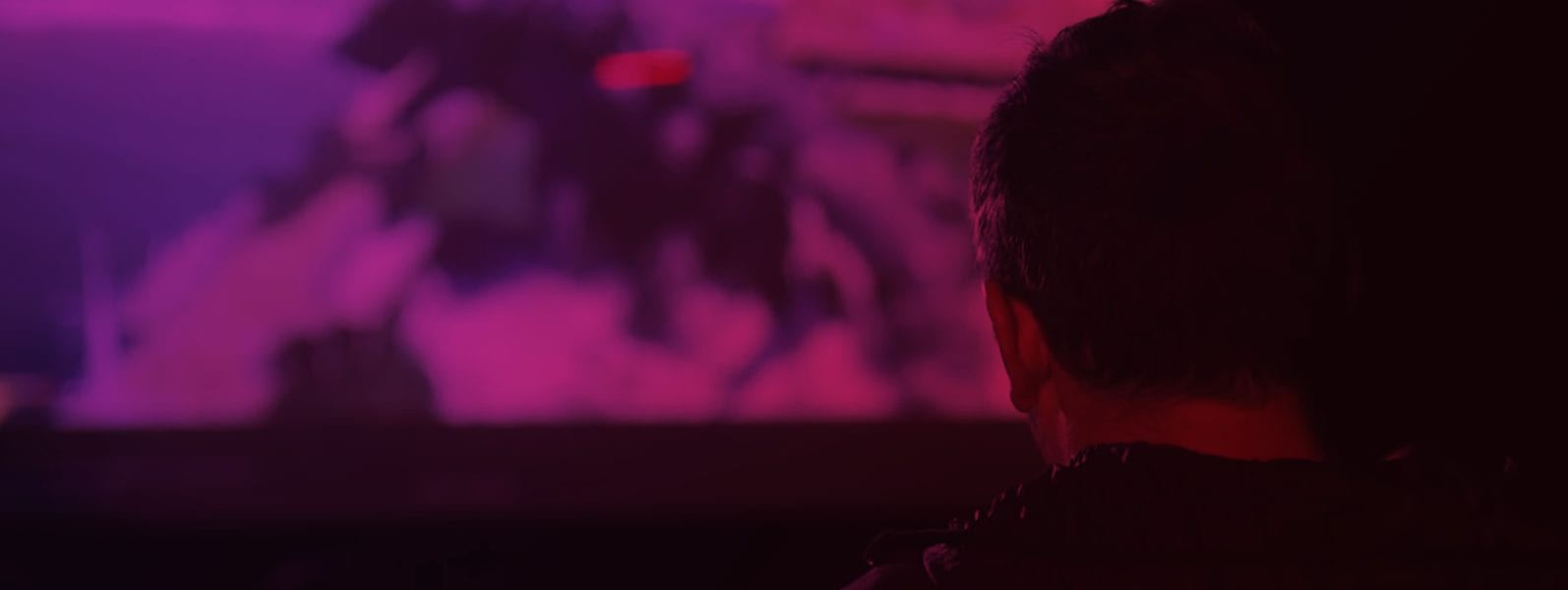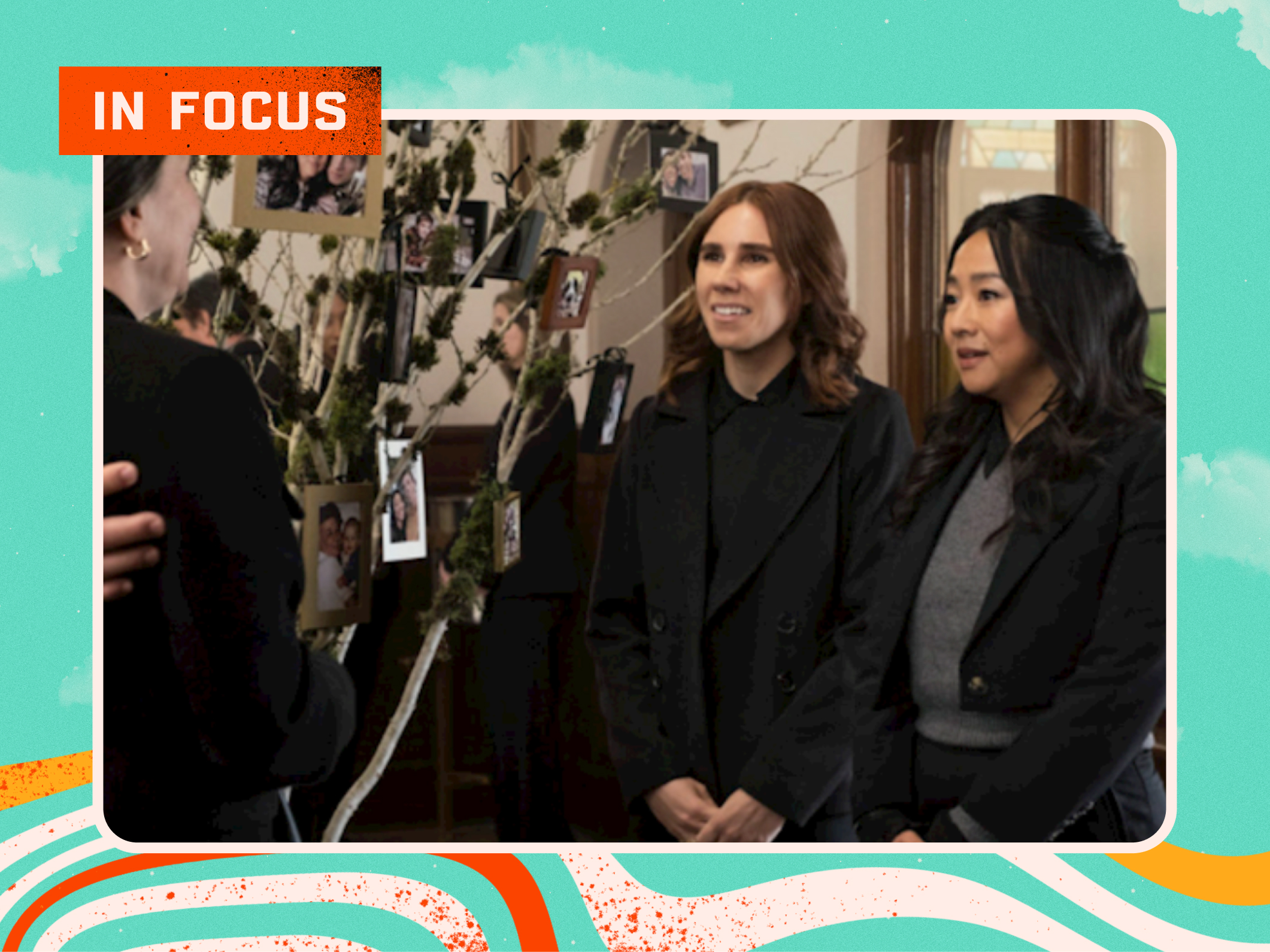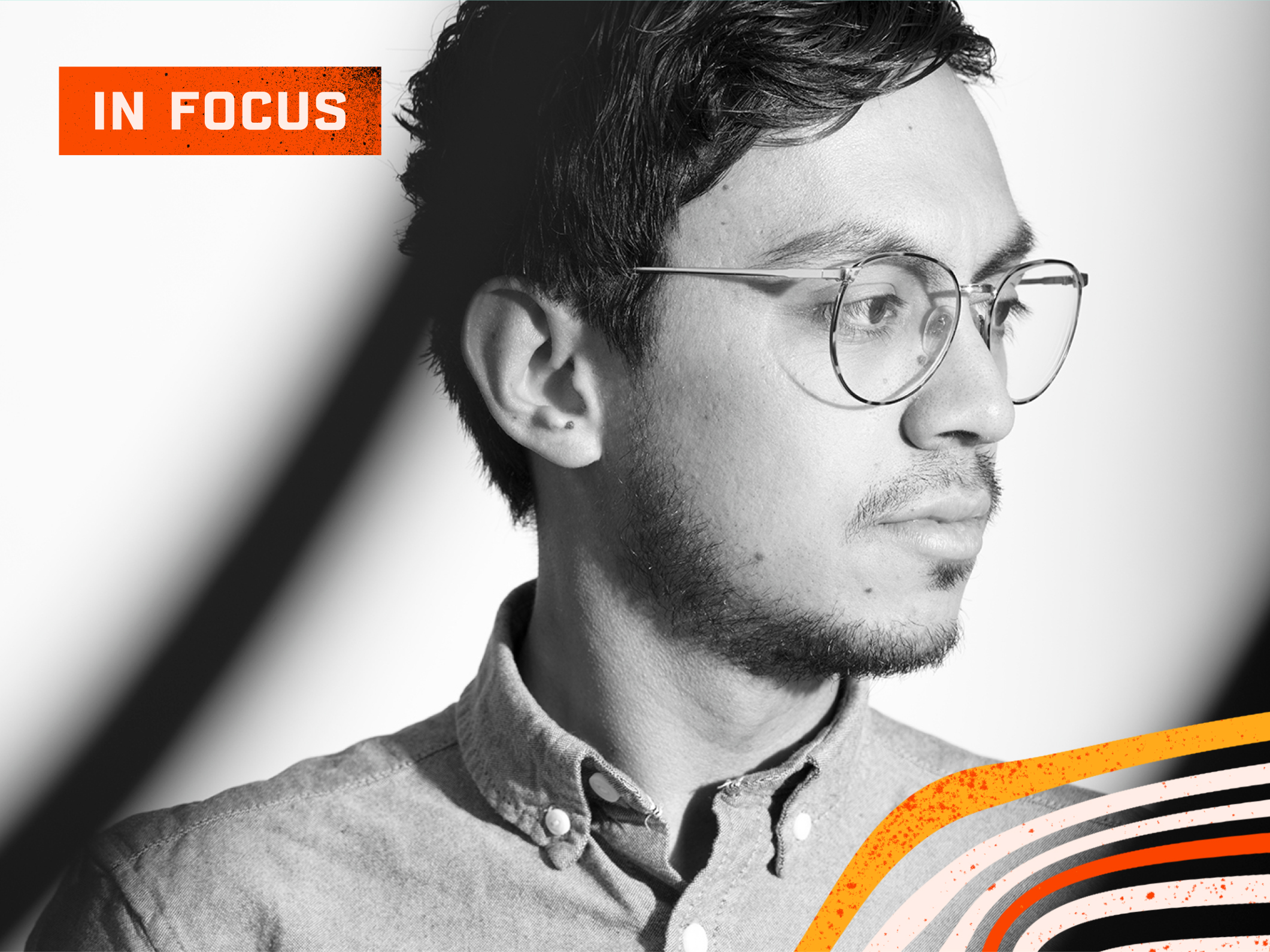Autodesk makes software for people who make things. If you’ve ever driven a high-performance car, admired a towering skyscraper, used a smartphone, or watched a great film, chances are you’ve experienced what millions of Autodesk customers are doing with our software. We sat down with Shveta Berry and Andy Westhoff to find out more Autodesk’s video strategy, their storytelling platform Redshift and how to maintain editorial integrity alongside business objectives.
Shveta grew up on a steady diet of books and Bollywood film which ultimately led her to a career in producing television shows and content for networks like TLC, National Geographic, HGTV, and the Cartoon Network. She feels lucky to have escaped the impact of Nielsen ratings to create video at Autodesk.
After spending his childhood creating art and studying filmmaking, Andy pursued a BFA in film from The Academy of Art University in San Francisco. His passion is telling highly cinematic, human driven stories, with an emotional punch.
Shveta and Andy currently create videos that promote Autodesk brand awareness and affinity through their award-winning digital publication Redshift and the Autodesk social channels.
What is the day-to-day mission of your team at Autodesk and how does your editorial platform Redshift fit into this?
Andy and I are part of the Brand and Impact team at Autodesk. A big focus of our team is to increase awareness and affinity for the Autodesk brand. Redshift is our premier owned-media channel and storytelling destination for the future of making, engaging professionals in the industries relevant to Autodesk: construction, manufacturing, architecture, infrastructure, engineering, and design. We find that over half the audience that visits Redshift is completely new to the Autodesk universe, so we see the publication as a vehicle to reach our future customers.
Many of us in the video community know of Autodesk for your work in M&E, notably Maya. Tell us a little more about your reach outside of the media and entertainment industries?
Autodesk’s tag line is “Make Anything.” We have over 100 different software offerings that serve the manufacturing, architecture, construction, engineering, design, and media and entertainment industries. Our flagship product, AutoCAD, is an industry standard for architecture. Looking toward the future, the company is focused on expanding in the construction and manufacturing industries. Our broad mission as a company is to help our customers design and make a better future that is more sustainable.
As a relatively new team, how did you ideate the creation of formats from the ground up for the series and pieces you produce?
A few of our series, such as “Inside My Design Mind” and “The Real Life,” have been long running as written pieces, and it has been fun for us to translate those to video. Many of our other pieces are more so one-offs simply because the stories we tell are so unique. When we are first presented an idea, we generally are always looking for the human element as well as the 50,000-foot view. Generally, our approach is that a story has to appeal and matter to anyone that watches it—not just the professionals in the industry that is featured.
Marketing Autodesk as a whole is an implicit piece of your video strategy. How do you balance editorial integrity and the business objectives within the work you create?
The most important thing to remember is that a compelling story always wins. We work with our industry partners early in pre-production to understand their goals and craft a thoughtful question list. But from there, we let the story speak for itself. We never put words in the mouths of the customers we feature. Sometimes the story shifts slightly during production, and we give it the space to do that. We want to tell the story that is there, not fabricate one to promote company objectives. That gives our work authenticity, which is paramount.
Have work that you are proud of? Enter today across Branded Content, Commercials & Marketing, Immersive & Mixed Reality, Non-Broadcast, Series/Shows/Segments, and Social Video.





